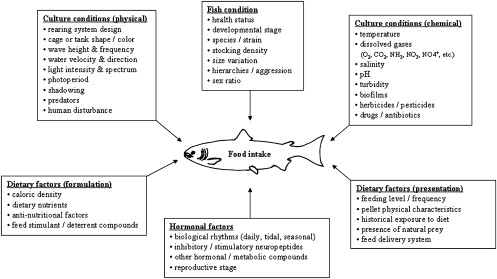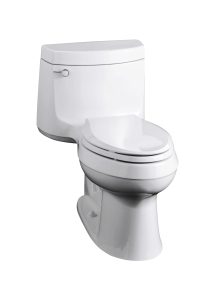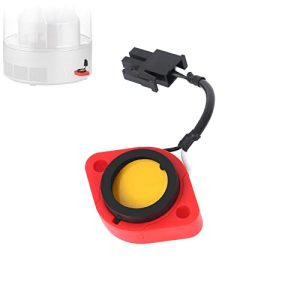Contents
If you’ve ever wondered about the feeding habits of tilapia fish, you’re in luck! Tilapia are often mistaken for bottom-feeders, but the truth is a bit more complicated. While they do consume some food from the bottom of the water, especially when it’s available, they are not strictly limited to this diet. In fact, tilapia have a diverse range of feeding behaviors and preferences, making them an interesting subject of study for those curious about aquatic life. Let’s take a closer look at the feeding habits of tilapia fish and uncover the fascinating intricacies of their diet.
Feeding Habits of Tilapia Fish
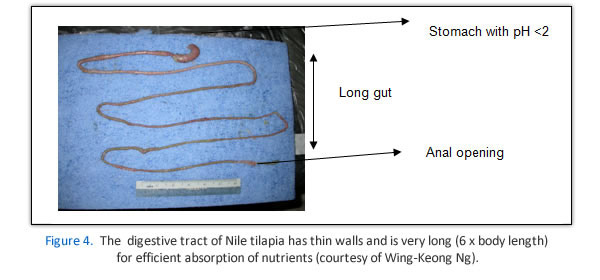
Overview
Tilapia fish are known for their diverse feeding habits, and understanding their feeding behaviors is crucial for successful aquaculture and management of tilapia populations. Their feeding habits can vary depending on the species, environmental conditions, and availability of food sources. In this article, we will explore the various aspects of tilapia fish feeding, including types of feeding, diet composition, foraging behavior, feeding strategies, feeding time, feeding frequency, feeding signals, prey selection, and feeding competition.
Types of Feeding
Tilapia fish can exhibit different types of feeding behaviors, ranging from herbivory to omnivory. While some species predominantly feed on plants and algae (herbivorous), others have a more varied diet that includes both plants and small organisms such as insects, crustaceans, and even smaller fish (omnivorous). Understanding the specific feeding type of each tilapia species is important for designing optimal diets and managing their growth in aquaculture systems.
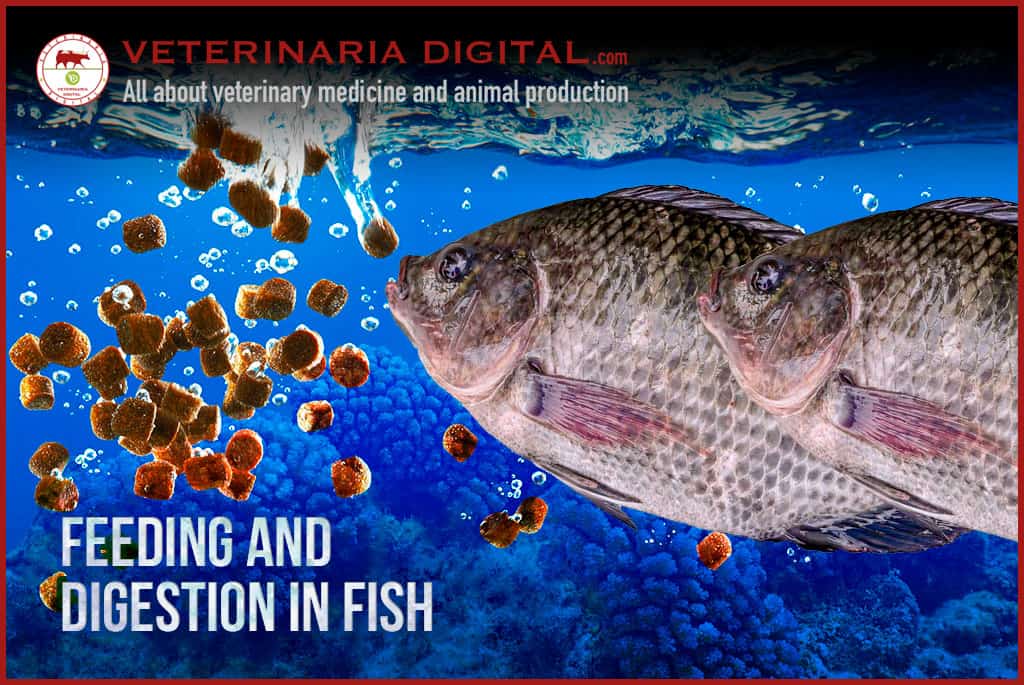
Diet Composition
The diet composition of tilapia fish can vary greatly depending on their natural habitat and availability of food sources. Herbivorous tilapia species primarily consume aquatic plants, including algae, while omnivorous species have a more varied diet. They may consume small invertebrates, insects, detritus, and even other fish. Their diet can also be influenced by the presence of artificial feeds, such as commercial pellets, in aquaculture settings. A balanced diet ensures the proper growth, health, and reproduction of tilapia fish.
Foraging Behavior
Tilapia fish are known for their efficient foraging behavior. They often utilize a bottom-feeding technique, where they scavenge for food on the substrate or near the water surface. This behavior allows them to exploit various food sources, including benthic organisms, fallen fruits, and vegetation. Tilapia fish are also skilled in surface feeding, where they target insects and other small organisms that are found near the water surface. Their adaptability and resourcefulness in foraging contribute to their success as a species.
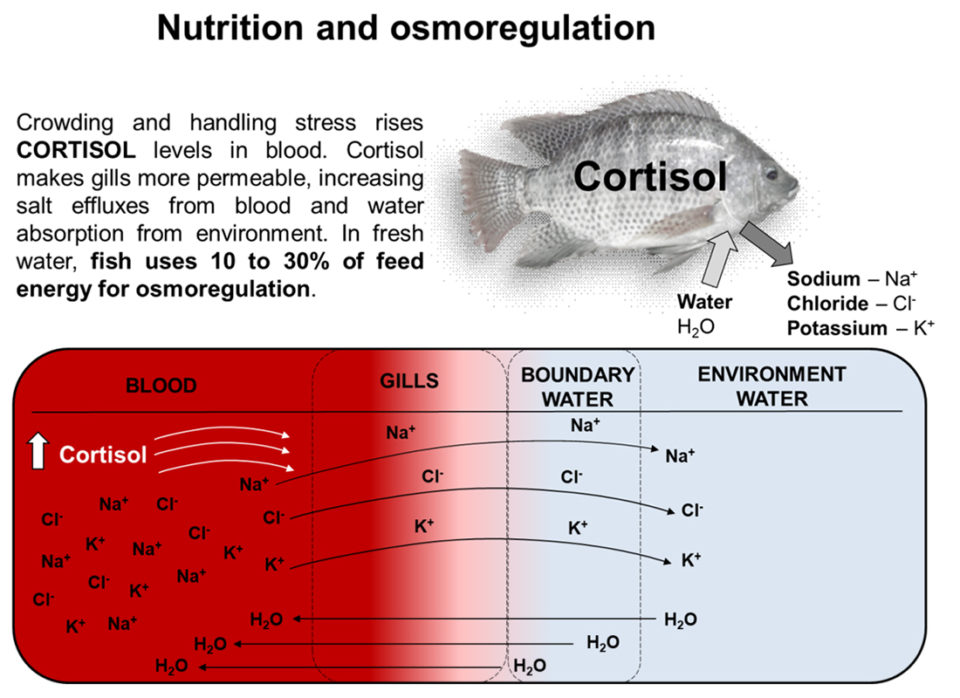
Feeding Strategies
To maximize their food intake, tilapia fish employ various feeding strategies based on their feeding type. Herbivorous tilapia species often exhibit grazing behavior, where they continuously browse on aquatic plants and algae. They use their specialized pharyngeal teeth to scrape off plant material efficiently. Omnivorous tilapia species, on the other hand, use a combination of grazing and ambushing tactics. They actively search for small organisms in the water column or near the substrate. These strategies ensure that tilapia fish can effectively capture and consume their preferred food sources.
Feeding Time
Tilapia fish tend to have distinct feeding times, which can be influenced by environmental factors such as light, temperature, and water quality. In general, they are more active and feed during daylight hours. However, specific feeding times can vary among species and populations. Some tilapia species may prefer to feed during the early morning or late afternoon, while others may have a more consistent feeding pattern throughout the day. Understanding the optimal feeding time for different tilapia species can help improve feeding efficiency in aquaculture systems.
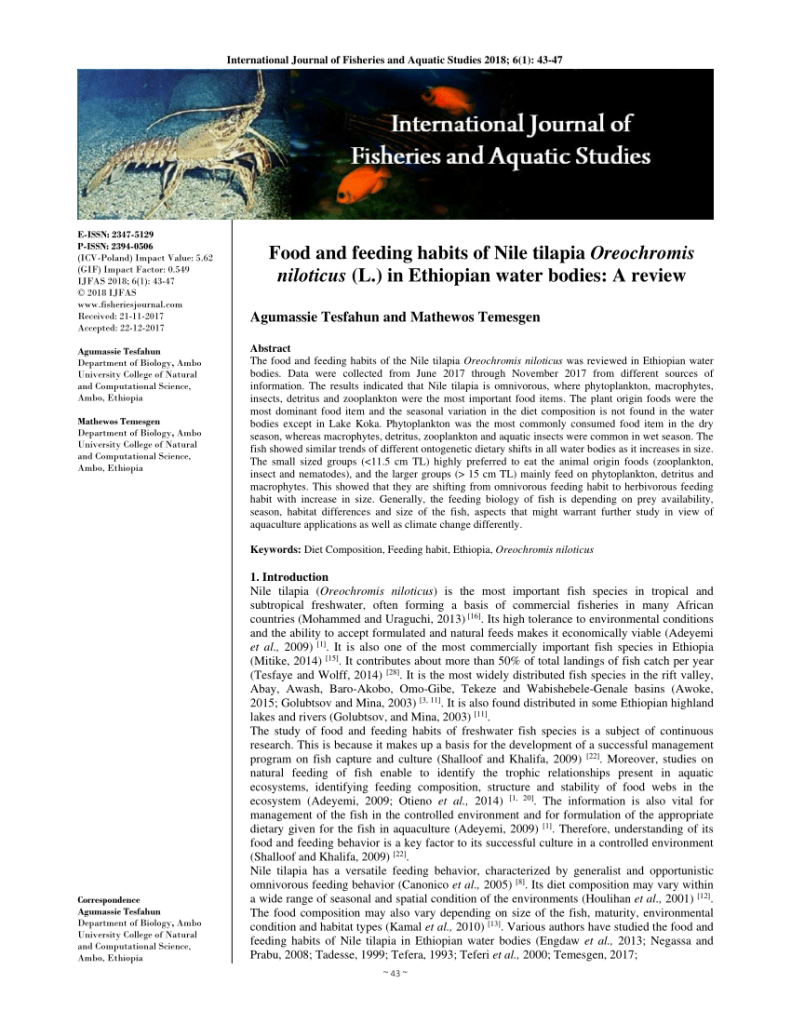
Feeding Frequency
The feeding frequency of tilapia fish is another important factor to consider when managing their diet. While individual feeding behaviors can vary, providing regular and frequent meals is generally recommended. In aquaculture settings, feeding tilapia multiple times a day is commonly practiced to stimulate growth and optimize feed conversion. However, it is crucial to avoid overfeeding, as it can lead to wastage of feed, water pollution, and potential health issues. Monitoring the feeding response and growth rate of tilapia fish is essential in determining the appropriate feeding frequency.
Feeding Signals
Tilapia fish have developed various feeding signals to communicate with conspecifics and establish feeding hierarchies. They use visual cues, such as body postures and fin displays, to communicate their intention to feed or defend a feeding territory. Vibrational signals, produced by drumming their swim bladder or tail slapping, can also convey information to nearby individuals. These feeding signals play a crucial role in maintaining social order during feeding and minimizing aggression and competition.
Prey Selection
Tilapia fish exhibit selective feeding behavior, where they choose specific prey items based on their nutritional value and availability. Their selectivity can be influenced by factors such as prey size, shape, color, and movement. For example, tilapia are often attracted to moving prey items, such as swimming insects, due to their innate hunting instincts. Additionally, different tilapia species may display different preferences for certain prey items, reflecting their natural adaptation to specific habitats and ecological niches.
Feeding Competition
In environments with limited food resources, tilapia fish may engage in feeding competition to secure their food supply. This competition can occur within the same species or between different species occupying the same ecological niche. Dominant individuals often display aggressive behavior, such as chasing or biting, to establish their feeding territories and exclude competitors. Competition for food can have significant impacts on the growth, survival, and reproductive success of tilapia populations. Proper management strategies, including adequate feeding practices and monitoring of population densities, are crucial to mitigate the negative effects of feeding competition.
In conclusion, understanding the feeding habits of tilapia fish is essential for their successful aquaculture and conservation. By recognizing the various types of feeding, diet composition, foraging behavior, feeding strategies, feeding time, feeding frequency, feeding signals, prey selection, and feeding competition, we can optimize their growth, health, and overall well-being. With further research and advancements in the field of tilapia fish feeding, we can continue to enhance our understanding and promote sustainable practices for tilapia aquaculture and management.

